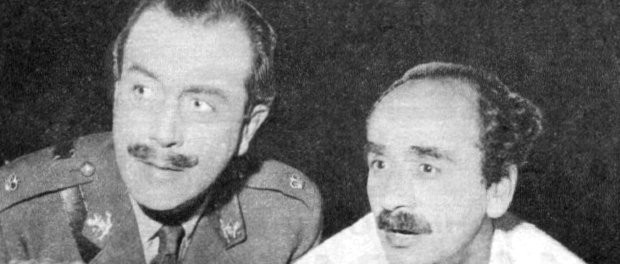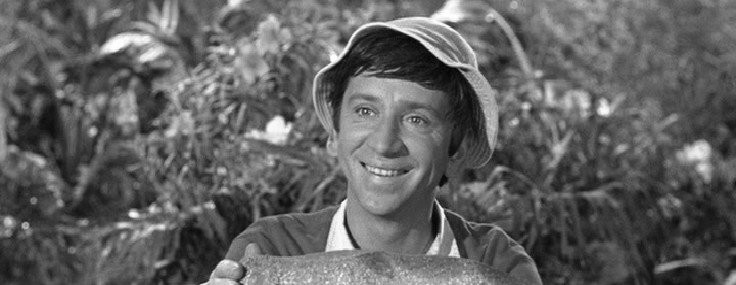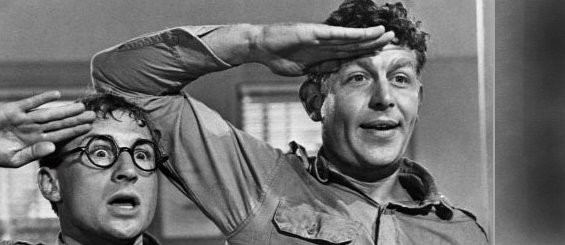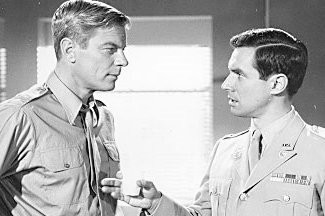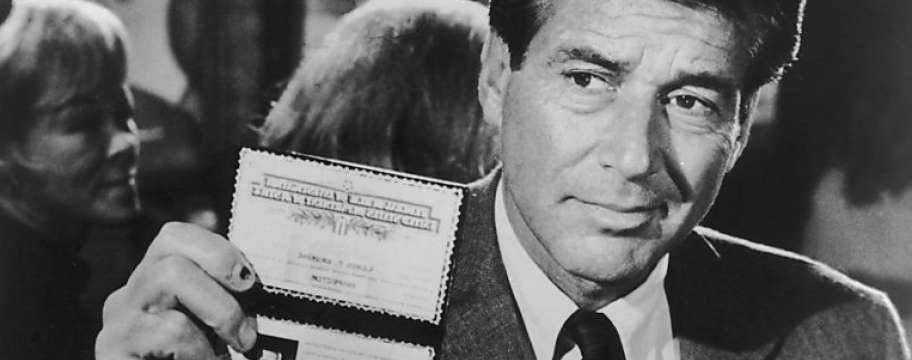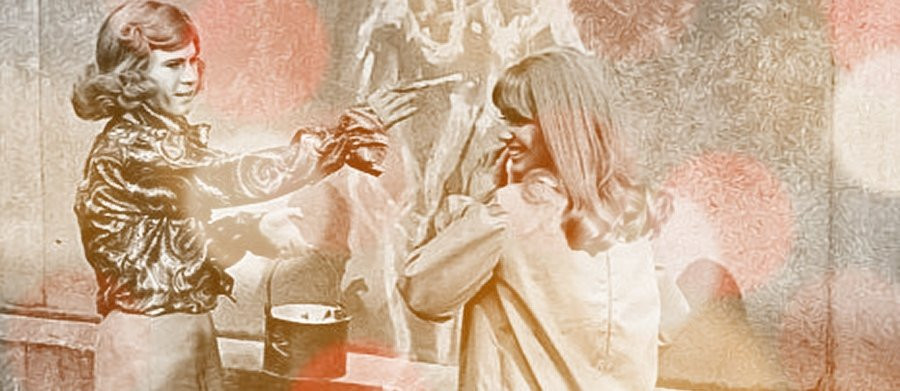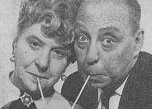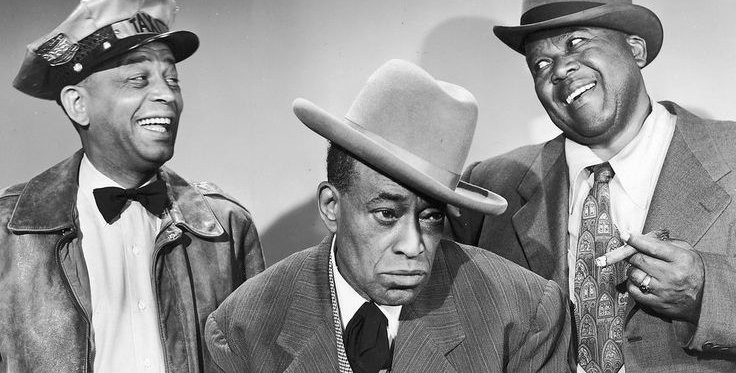
Hogan's Heroes
1965 - United StatesLoosely inspired by the rather more sombre 1953 Billy Wilder film Stalag 17, the American sitcom Hogan’s Heroes reimagines the grim setting of a German WWII prisoner-of-war camp as the backdrop for farcical antics and improbable espionage. Premiering in 1965 and running for six successful seasons, the series centred around the utterly ineffectual commandant of Stalag 13, Colonel Klink—played with self-important bluster by Werner Klemperer—and his chocolate-loving, bumbling sidekick Sergeant Schultz (John Banner), whose oft-repeated catchphrase “I know nothing!” became a hallmark of the show.
Despite the premise, it is not the German guards who control Stalag 13, but the inmates themselves. Led by the charismatic and cunning Colonel Robert Hogan (Bob Crane), the Allied prisoners carry out daring resistance missions right under the noses of their hapless captors. With Hogan at the helm, and aided by a crack team including French chef Louis LeBeau (Robert Clary, himself a Holocaust survivor), the affable Sergeant Carter (Larry Hovis), tech-savvy Corporal Kinchloe (Ivan Dixon), and the cheeky Cockney Corporal Newkirk (Richard Dawson), the group smuggles information, manufactures counterfeit currency, and assists other prisoners in their escape—all from within the barbed wire confines of the camp.
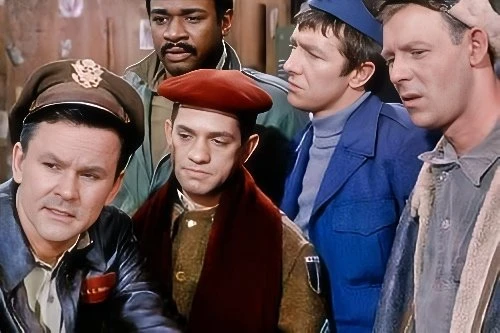
It’s a set-up that, understandably, didn’t sit well with everyone. Only two decades after the war’s end, many viewers—particularly veterans—found the series distasteful, its light-hearted treatment of such a harrowing chapter in history both insensitive and trivialising. The notion of portraying Nazis as incompetent fools was seen by some as a dangerous oversimplification, one that risked diminishing the very real horrors of the era.
Yet despite the controversy, Hogan’s Heroes became a hit, drawing large audiences who embraced its absurd charm. Much like the later British sitcom ‘Allo ‘Allo!, which found comedy in Nazi-occupied France, Hogan’s Heroes leaned into farce rather than history, using its unlikely setting as a canvas for classic sitcom gags, capers, and mistaken identities. It found humour not in the war itself, but in the reversal of power—the prisoners always being two steps ahead of their captors.
The show ended in 1971, but re-entered public discourse in 1978 when its star Bob Crane was found brutally murdered in his Arizona flat—a tragic and bizarre coda to an already unusual series.
reassessing the series in 2025, Hogan’s Heroes is a curious cultural artefact: equal parts bold and baffling. It is a sitcom that dares to place slapstick comedy within one of history’s darkest arenas, and while its ethics may be debatable, its place in television history is undeniable. Whether one finds it in poor taste or merely irreverent, it remains a testament to a time when television dared to push boundaries in ways both brave and bewildering.
Seen this show? How do you rate it?
Seen this show? How do you rate it?
Published on December 21st, 2018. Written by Laurence Marcus for Television Heaven.



